When I walked into Naples’ National Archaeological Museum, I felt like I’d stepped right into ancient Pompeii. Artifacts surrounded me—ordinary and extraordinary—each one a direct link to Roman homes and the lives once lived there.
The museum showcases the world’s most important collection of objects from Pompeii. You get this rare, almost eerie peek into daily life before Mount Vesuvius erupted. Honestly, seeing these treasures first, before visiting the ruins themselves, made everything at Pompeii click for me.
As I wandered the galleries, I spotted everything from simple household tools to intricate mosaics and frescoes that once decorated lavish villas. The infamous “secret cabinet” even holds a wild array of erotic artifacts, revealing sides of Roman culture that textbooks usually skip.

What really sets this museum apart? These objects tell stories. You’ll see a child’s toy, a baker’s set of tools, or a merchant’s jewelry—personal items, all frozen in a single, catastrophic moment nearly 2,000 years ago.
The Legacy of Pompeii: From Ashes to Treasure
Pompeii’s journey from a buried city to an archaeological wonder blows my mind. Disaster, in a strange twist, preserved a bustling Roman world for us to explore.
The volcanic catastrophe that wiped out Pompeii ended up giving us an unparalleled window into ancient daily life.
The Eruption of Mount Vesuvius
Back in 79 CE, Mount Vesuvius exploded, catching Pompeii’s citizens completely off guard. The volcano had been silent for ages, so no one expected the disaster.
I still find it wild how the eruption happened in waves. Some people managed to escape, but many didn’t.
Pyroclastic flows reached nearly 700°F and raced faster than anyone could run. Those superheated clouds of ash and gas killed instantly.
The ash created perfect casts of victims, freezing their last moments in incredible detail. It’s haunting, honestly.
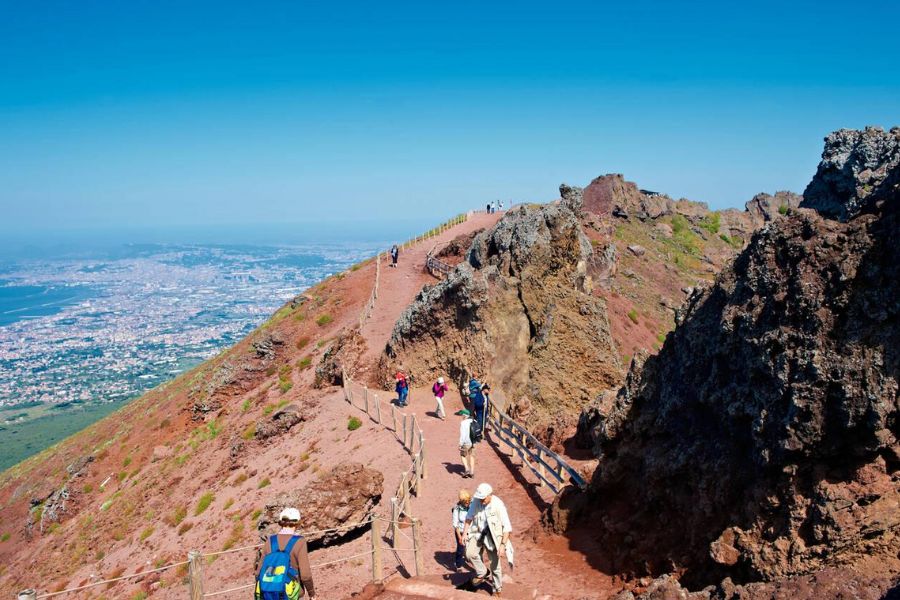
In some places, volcanic debris piled up to 20 feet deep. That sealed the city away, turning it into a time capsule for centuries.
Archaeological Discoveries and Excavations
Pompeii’s rediscovery happened almost by accident in 1748. Workers digging a foundation suddenly uncovered ancient remains.
The Bourbon kings who ruled Naples soon started systematic excavations. Early diggers mainly hunted for treasure, not preservation.
Modern archaeology didn’t really arrive until the 19th century, when Giuseppe Fiorelli introduced the plaster cast technique to capture victims’ shapes.
Right now, about two-thirds of Pompeii has been excavated. Archaeologists use advanced tools like:
- Ground-penetrating radar
- 3D scanning
- DNA analysis
- Digital reconstruction
These methods let us learn more without destroying what’s left. Every new dig uncovers another layer of the Pompeii story.
Preserving Daily Life Through Artifacts
Pompeii stands out because it captures regular Roman life, frozen at one terrible moment. I’m always stunned by the colorful wall paintings that somehow still glow after all these centuries.
Archaeologists have dug up everything from plain cooking pots to dazzling jewelry. Even food remains survived—bread, olives, fish, and wine were all staples. They even found carbonized loaves of bread!
Graffiti carved into walls gives us raw glimpses into people’s minds. You’ll see election ads, personal notes, and jokes.
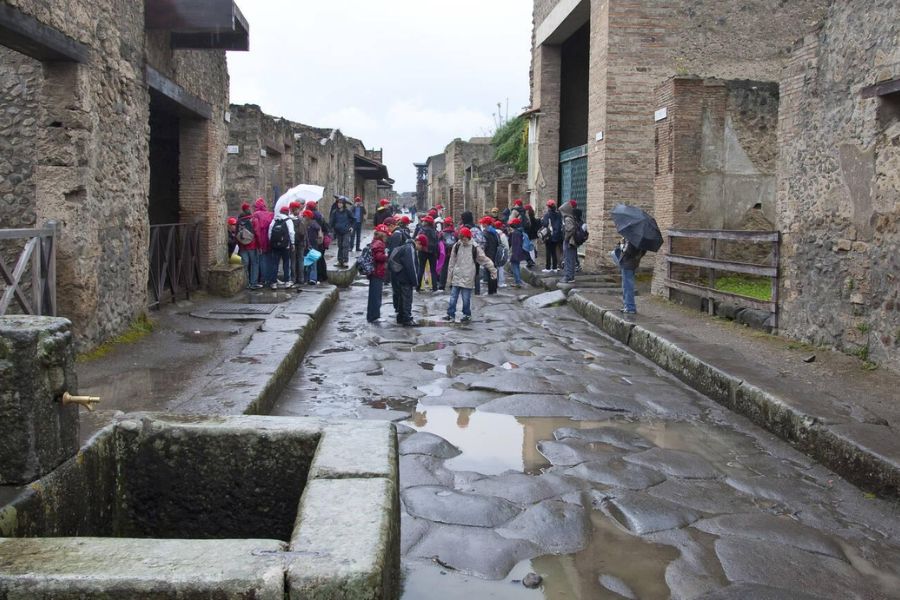
The most moving finds are personal items: a child’s doll, a merchant’s ledger, a woman’s hairpin. These things connect us, somehow, to real people who lived and died here. Pompeii’s legacy is about more than ruins—it’s about the humans behind them.
Inside Naples’ National Archaeological Museum
The National Archaeological Museum of Naples holds one of the world’s most jaw-dropping collections of Greek and Roman antiquities. As I wandered through its grand halls, treasures from Pompeii and Herculaneum brought ancient Roman life into sharp focus.
An Essential Guide for Visitors
The museum fills a gorgeous building with high ceilings and sweeping staircases—a perfect setting for these ancient wonders.
I’d suggest setting aside at least 3-4 hours to do it justice.
When I visited, I found the audio guide super helpful for understanding the stories behind the artifacts. It’s available in several languages for a small fee at the entrance.
The museum closes on Tuesdays, and sometimes sections shut for renovations. Right now, the Epigraphic, Gems, and Numismatic areas are closed for maintenance.
Exhibition Highlights and Layout
The museum splits into several collections, each offering a different angle on ancient life.
The Farnese Collection, found on the ground floor, features massive marble sculptures like the famous Farnese Bull and Hercules.
My personal favorite? The Secret Cabinet (Gabinetto Segreto). This area displays erotic artifacts from Pompeii—once restricted, now they offer a candid look at Roman sexuality.
The mosaics from Pompeii blew me away. The Alexander Mosaic, showing Alexander the Great and Darius III in battle, is packed with tiny tiles and incredible detail.
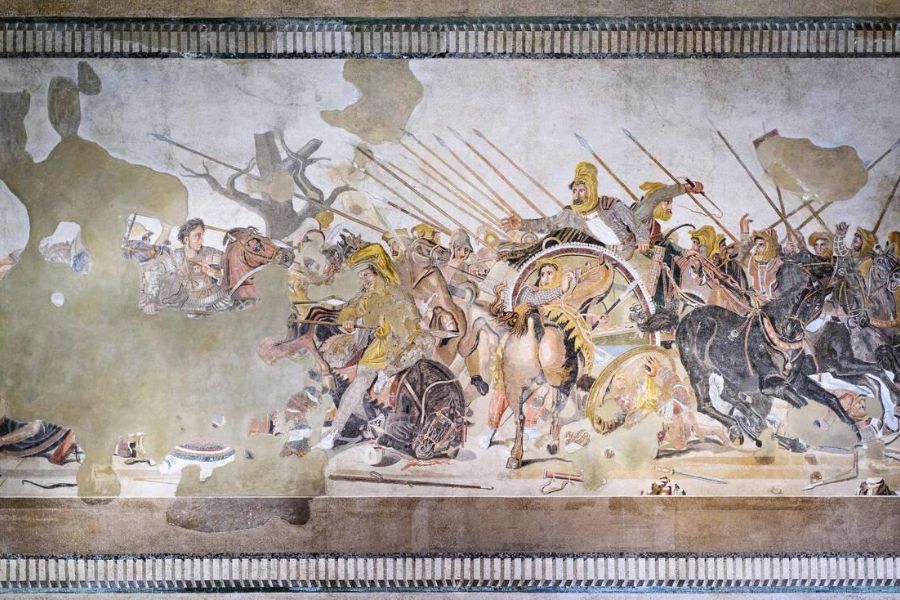
You’ll also find the Bronze collection from Herculaneum, including the Dancing Faun and the Runners statues, all preserved in volcanic ash with amazing detail.
Museum Discounts and Practical Information
Tickets run about €15 for adults, but there are ways to save. The Campania ArteCard is a great deal if you’re planning to visit several sites in the area—it gets you free or discounted entry here.
EU citizens under 25 get a reduced rate, and kids under 18 go in free. On the first Sunday of every month, entry is free for everyone.
Getting here is easy. The Museo stop on Naples Metro Line 1 is just a short walk away.
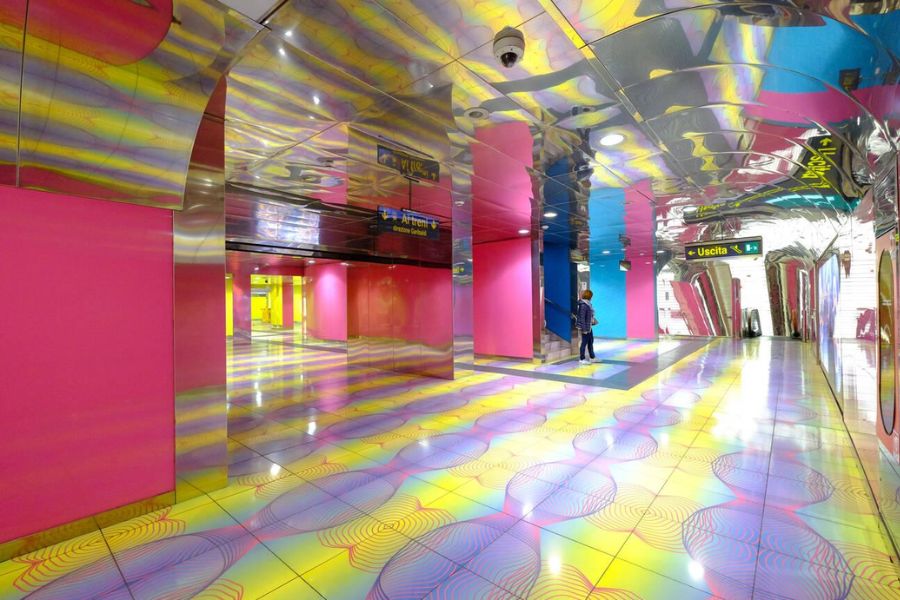
You can take photos (no flash) in most areas. I’d recommend bringing water, especially if you visit during the warmer months—the museum can get pretty stuffy.
The Extraordinary Collections: Pompeii’s Timeless Art
Visiting Naples’ Archaeological Museum, I felt floored by the artifacts from Pompeii. These pieces offer a vivid window into Roman daily life, frozen by the eruption in 79 AD.

World-Famous Mosaics and Frescoes
The mosaics here are honestly some of the most stunning I’ve ever seen. The Alexander Mosaic, showing Alexander the Great fighting Darius III, contains over a million tiny tiles. The fact that it’s survived this long is kind of miraculous.
As I strolled through the galleries, the vibrant frescoes caught my eye. The Villa of the Mysteries frescoes stood out, with deep red backgrounds and life-sized figures caught in mysterious rituals.
Many paintings show daily Roman life—garden scenes, mythological stories, even portraits that feel surprisingly modern for their age. The colors, especially the blues and reds, still pop after nearly 2,000 years.
Iconic Sculptures and Statues
The sculpture collection left me in awe. The Farnese collection anchors this section, filled with massive marble statues rescued from ancient Roman baths and villas.
The Farnese Hercules dominates the room, leaning on his club. The scale and anatomical detail are just wild.
Nearby, the Farnese Bull steals the show—a huge sculpture with four figures and a bull, all locked in a mythological struggle.
Bronze statues from Pompeii offer something different. The Dancing Faun, caught mid-leap, feels full of energy, and the portraits of wealthy citizens show real, individual features—not just idealized faces.
Treasures of the Gabinetto Segreto
The “Secret Cabinet” holds artifacts once hidden for being too risqué. I found this collection fascinating because it shows Romans had a very open attitude toward sexuality.
Phallic amulets, erotic frescoes, and explicit sculptures filled Pompeian homes and businesses. People displayed them openly as symbols of fertility, prosperity, and protection.
There’s also gorgeous jewelry and precious stones. The gold necklaces and carved gemstone rings are so beautifully made, you could wear them today.
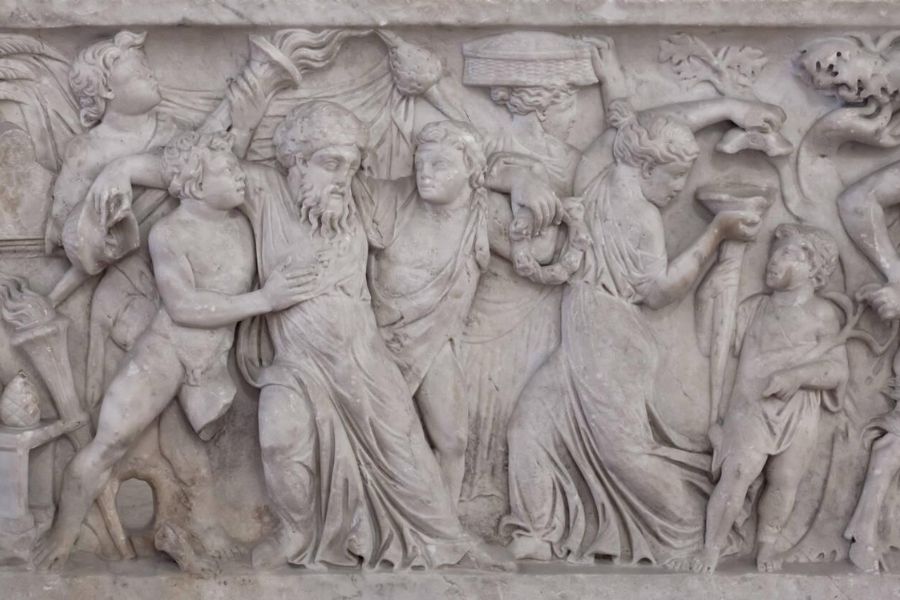
These personal items connect us to real Romans, making it clear that, despite all the centuries, people haven’t changed all that much.
Remarkable Pompeian Artifacts and Ancient Wonders
The Naples Archaeological Museum’s collection brings ancient Roman life into sharp focus. These treasures, pulled from the ashes of Pompeii and Herculaneum, tell stories of both everyday life and sudden catastrophe.
Gladiator Helmets and Weapons
I couldn’t help but be drawn to the gladiator helmets on display. These bronze creations are both beautiful and deadly, with elaborate decorations that set different fighter types apart.
Some helmets have visors and crests, others boast detailed engravings—mythological scenes or victory symbols.
Weapons sit alongside the helmets—short swords (gladius), tridents, and nets, each tied to a different gladiator class. These artifacts give us a real sense of the brutal, wildly popular entertainment of ancient Rome.
What really struck me was the craftsmanship. These weren’t just tools—they were works of art that reflected the importance of gladiatorial combat in Pompeian society.
Full Body Casts: Faces of an Ancient Tragedy
The body casts of Pompeii’s victims are probably the most haunting things in the museum. These aren’t objects people made—they’re impressions of real people, their final moments preserved by disaster.
When Vesuvius erupted, many residents got buried in ash. Their bodies decayed, leaving hollow spaces. Archaeologists filled those voids with plaster, creating casts that show every detail.
I stood in front of casts showing families huddled together, people shielding their faces, even a dog still chained up.
These casts turn statistics into real people, making the tragedy hit home in a way that’s hard to shake.
Objects of Everyday Roman Life
Beyond the drama, the museum displays everyday items that show what Roman life was really like. I saw cooking utensils, furniture, and even preserved food—carbonized by the eruption.
Glass bottles and ceramic jars fill the cases. Many look just like things you’d find in a modern kitchen.
Oil lamps, mirrors, jewelry, and children’s toys sit side by side, each one a tiny window into daily routines.
The mosaics are incredible, too. The “Cave Canem” (Beware of Dog) mosaic, for example, shows how Romans used art for both function and decoration.
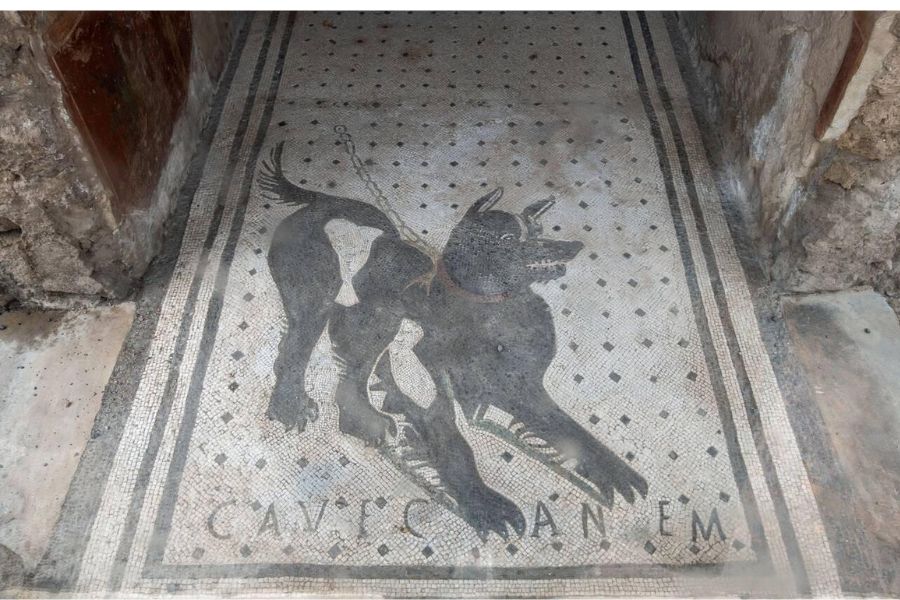
Food prep tools and serving dishes reveal ancient culinary habits. The bronze cookware and elegant vessels wouldn’t look out of place today.
Innovative Museum Experiences and Cultural Context
The Naples Archaeological Museum doesn’t just display artifacts—it brings Pompeii’s past to life in new ways. With modern technology and thoughtful curation, visitors get to walk through time and connect with the people behind the objects.
Immersive CGI Experience: Pompeii Brought to Life
The museum’s CGI experience made me feel like I’d stepped right into ancient Pompeii. Digital reconstructions show busy streets and colorful buildings, just as they would have looked before disaster struck.
The soundscape pulls you in—market chatter, Latin conversations, the whole atmosphere. In one room, interactive screens let me “excavate” digital layers, piecing together history like an archaeologist.
Kids especially love the 3D visualizations. Suddenly, the ruins become lively, bustling spaces. These modern touches help everyone, young and old, see the meaning behind the objects on display.
Understanding Life in the Roman Empire
The museum does a great job placing Pompeii in the bigger picture of the Roman Empire. Displays show how this town fit into Rome’s network of cities and trade routes.
I learned a lot from the way domestic items are arranged—simple cooking tools, cosmetic jars, toys. They reveal just how familiar ancient life can feel.
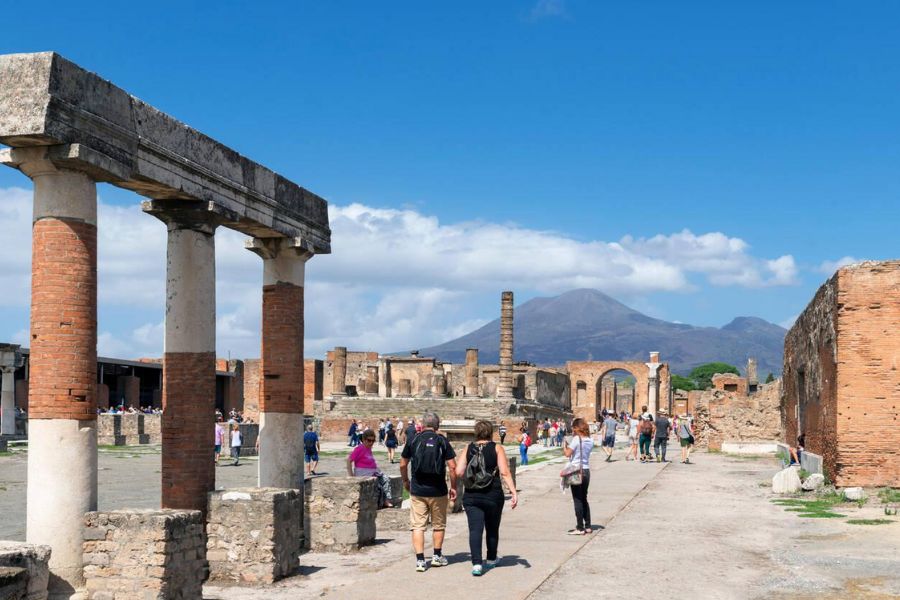
Panels explain the social structure and politics that shaped Pompeii. The forum section highlights how public spaces worked for business, religion, and government.
Original frescoes showing feasts and celebrations hint at the values and priorities of Roman society. These aren’t just pretty things—they’re glimpses into a civilization that still shapes us today.

